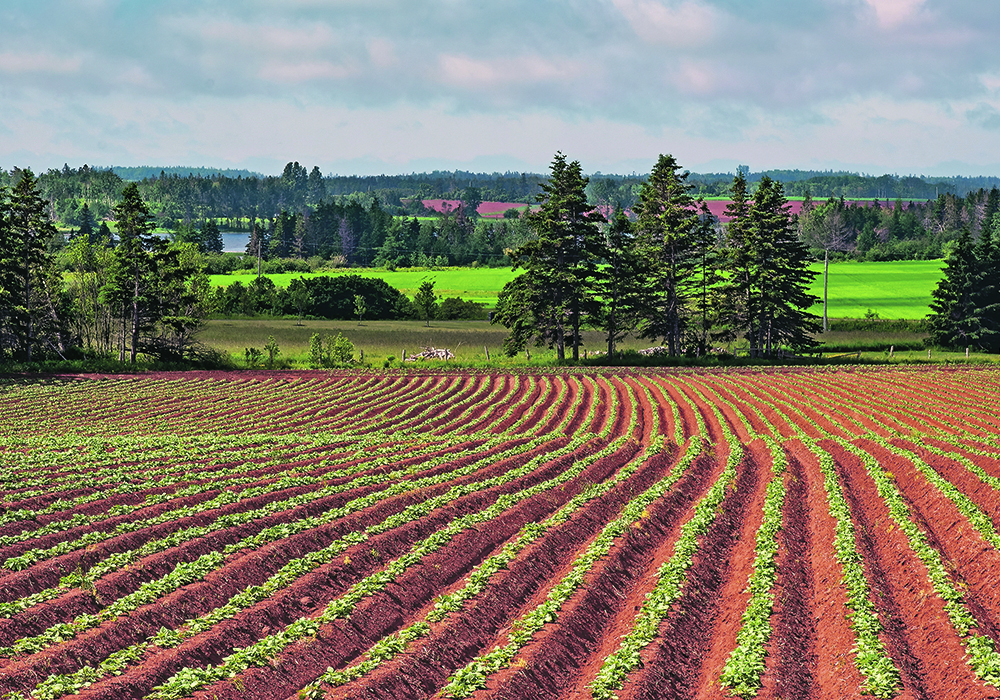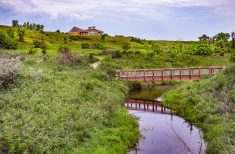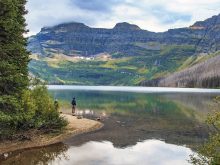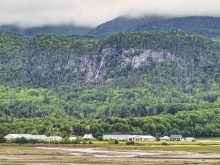Prince Edward Island has several claims to fame: long sandy beaches, blazing red cliffs, picture-perfect fishing villages, fresh-off-the-boat seafood, Anne of Green Gables, and rich history. And of course, it also has potatoes, lots of potatoes.
What struck us most about travelling around P.E.I. was the melding of rural and seaside life. While other parts of the country may rely on farming and fishing, here they seem part of the same landscape. It’s not unusual for a fishing village in a deep protected inlet to be almost surrounded by farmland. Potato crops or grazing land often have beaches or the island’s iconic sculpted sandstone shoreline as a backdrop.
The north coast is dominated by Prince Edward Island National Park, with long stretches of rugged red cliffs, coastal sand dunes, and pristine beaches. The park is also home to Green Gables Heritage Place, among the island’s top attractions.
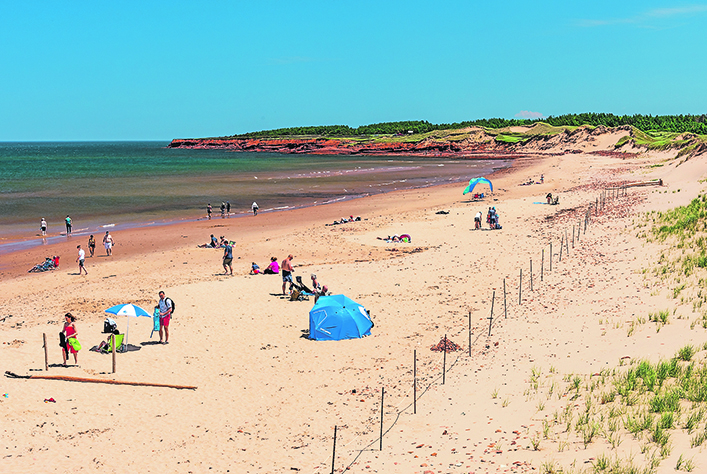
When author Lucy Maud Montgomery penned her famous Anne of Green Gables book, she based the fictional story on a real place — a farmhouse owned by her cousins. The original house, complete with green gables, along with the surrounding property, has been preserved as an historic site.
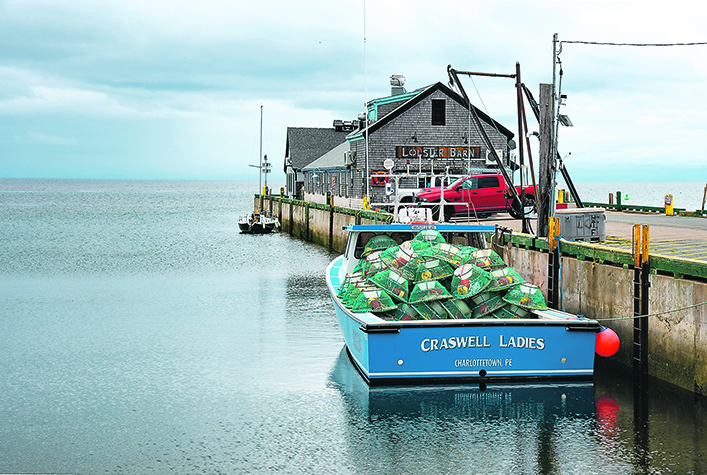
Several scenic small fishing villages are nearby, such as North Rustico, just outside the park and known for its seafood restaurants. The tiny but wildly colourful community of French River is one of the most photographed spots, owing partly to the convenient hilltop viewpoint right beside the highway. Along the south coast lies the quintessential fishing village of Victoria-by-the-Sea where we enjoyed the view while lunching on P.E.I.’s famous mussels at bargain prices at an outdoor take-out restaurant.
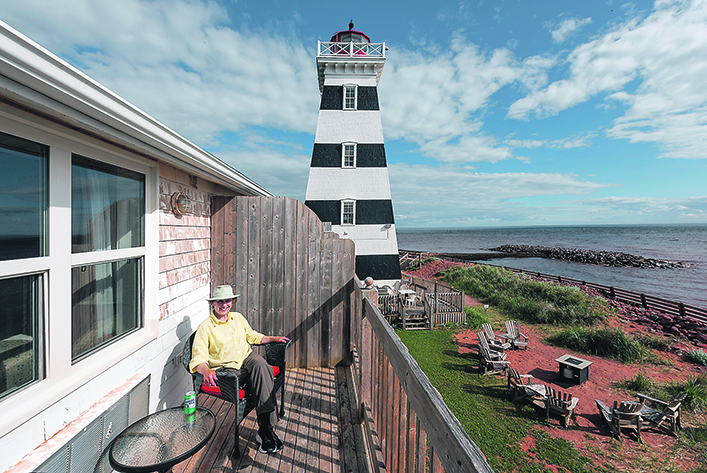
Our most memorable stay was at a lighthouse. The West Point Lighthouse is the island’s tallest at about 21 metres. Built in 1875, its unusual design is a square-tapered tower with black and white stripes. The beacon still operates and visitors are welcome to wander through to see the workings and museum exhibits.
The attached small inn gives guests a chance to experience life at a lighthouse, though unlike early lighthouse keepers, we don’t have to watch for ships in distress. That doesn’t mean that there will be no surprises, however. Part of the local folklore is that many people have witnessed the Phantom Ship, a fully rigged sailing ship that appears to be burning, though the phantom usually vanishes as suddenly as it shows up.
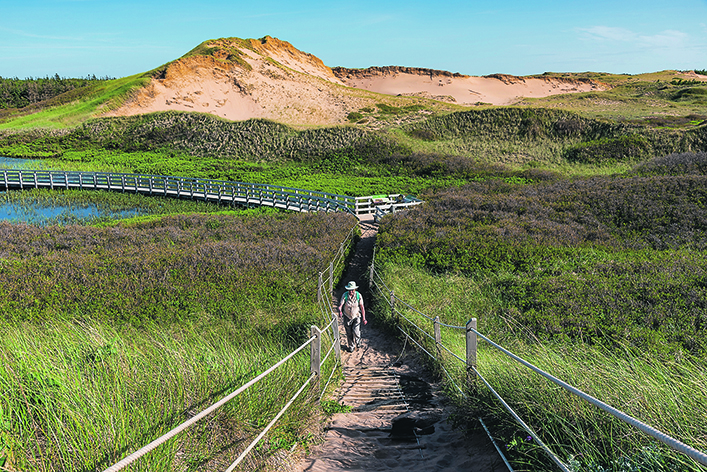
A short drive from West Point, the Canadian Potato Museum celebrates the island’s top crop, accounting for a quarter of the country’s spuds. It has everything you ever wanted to know about potatoes, from their origins in the South American Andes to the history of production in Canada, why it’s a near-perfect food, and the world’s largest exhibit of potato-related farm machinery. If you work up an appetite, the attached restaurant serves potatoes any way you like, plus several ways you never imagined. Potato fudge, anyone?
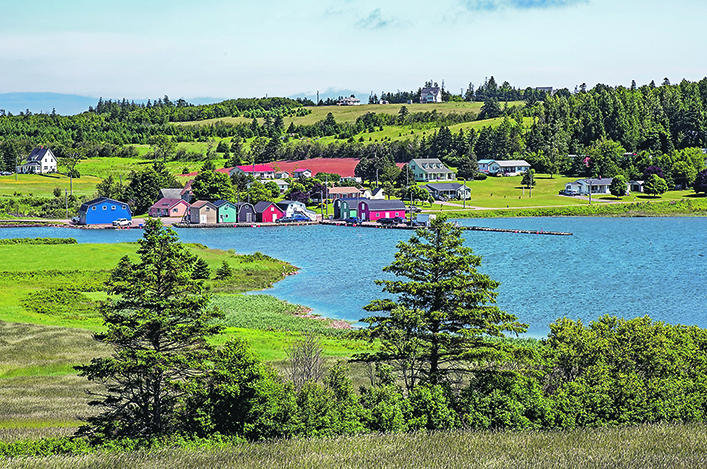
While the countryside and coastlines are P.E.I.’s main attractions, the capital of Charlottetown shouldn’t be overlooked. With slightly more than 41,000 people, it’s Canada’s most easy-going provincial capital. The waterfront next to downtown is the hub of activity with its picturesque setting, cruise ship port, and eateries galore. History looms large everywhere, with the city celebrated as the Birthplace of Confederation. The Charlottetown Conference in 1864 was considered pivotal to Canada becoming a nation.
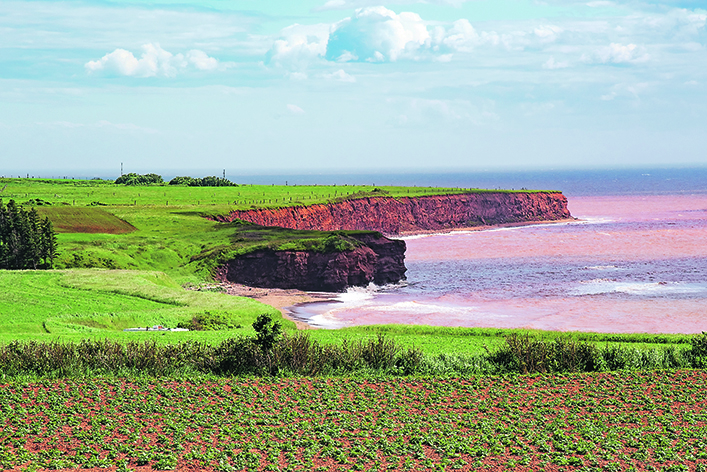
Though this is Canada’s smallest province, only 280 kilometres long, its size can be misleading. The biggest mistake that many first-time visitors make is not allowing enough time. The island packs more than its weight when it comes to scenery and many roads are winding and slow. Our progress around the island was especially slow because there seemed to be another photo op practically everywhere we went. By all means see the famous sights, though the most enjoyable part of travelling here is just wandering the country roads to see what’s around the next corner.
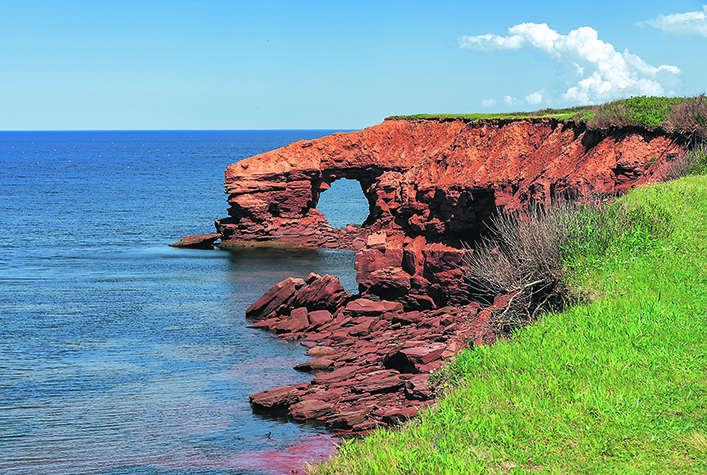
For more information, see the Tourism P.E.I. website tourismpei.com.
Arlene and Robin Karpan are well-travelled writers based in Saskatoon. Contact: travel@producer.com.


